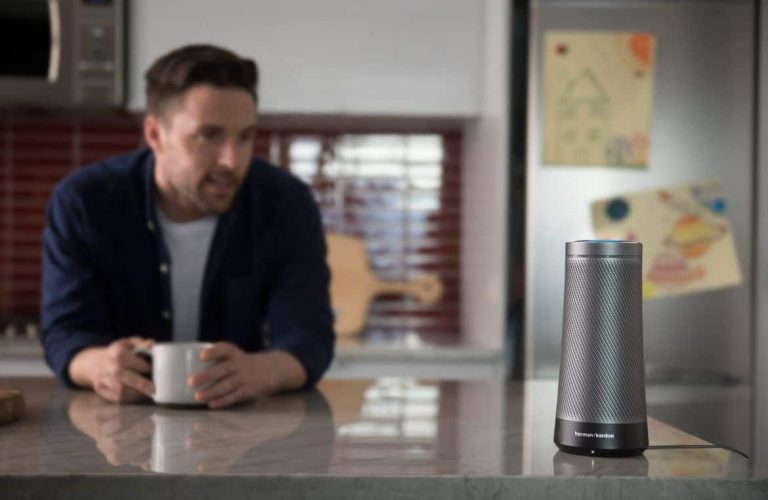Microsoft’s talked a big game about the Internet of Things and Windows 10’s among the growing fervor, unfortunately, the reality over the past few years has seemed to demonstrate otherwise.
A retraction from wearables, a noticeable absence from the car and home sectors and limited involvement in the hardware coupled voice assistant wars.
However, it seems Microsoft’s silence in IoT has been a conscious undertaking while the company laid the framework for what it feels is a robust IoT effort as well as rethinking how consumers will engage with IoT.
According to the company’s Day 1 keynote during its developer conference, several Microsoft executive talked about Azure IoT Device Management and on Day 2, many more showed just how it would come to life.
Azure IoT will help developers be even more productive in the IoT space and we’ve taken a big step towards that goal with the Windows 10 Creators Update. Some highlights include:
Windows 10 IoT Core support for Azure IoT Device Management, which provides highly scalable remote device management features.
Turn-key connectivity to the Azure IoT Hub that offers reliable and secure device-to-cloud and cloud-to-device messaging, scaling to millions of devices.
Support for the upcoming Azure IoT Hub Device Provisioning Service, which makes it easier to provision a connected device via Azure IoT services, leveraging Windows IoT TPM based security.
Furthermore, Windows IoT Core will also leverage support from its Project Rome development as well as Device Guard for IoT and Cortana on various devices such as chip-n-pin integrated handhelds and table size touch-enabled hardware.
Support for Project “Rome” that allows a user to launch an app or communicate with an app service on a remote device, enabling cross-device experiences using the Microsoft Graph.
Support for Device Guard for IoT, which improves threat resistance by allowing only OS components and code signed by the OEM to load. This adds to the robust set of security features in Windows 10 IoT such as BitLocker and Secure Boot.
Cortana*, your personal digital assistant, is now available for you to integrate into your devices. Cortana will help you get things done by completing tasks and interacting with you using natural language in a consistent, contextual way.
Now that the groundwork has been laid, it’ll be interesting to see how well Microsoft executes on pitch throughout the rest of the year and next.



